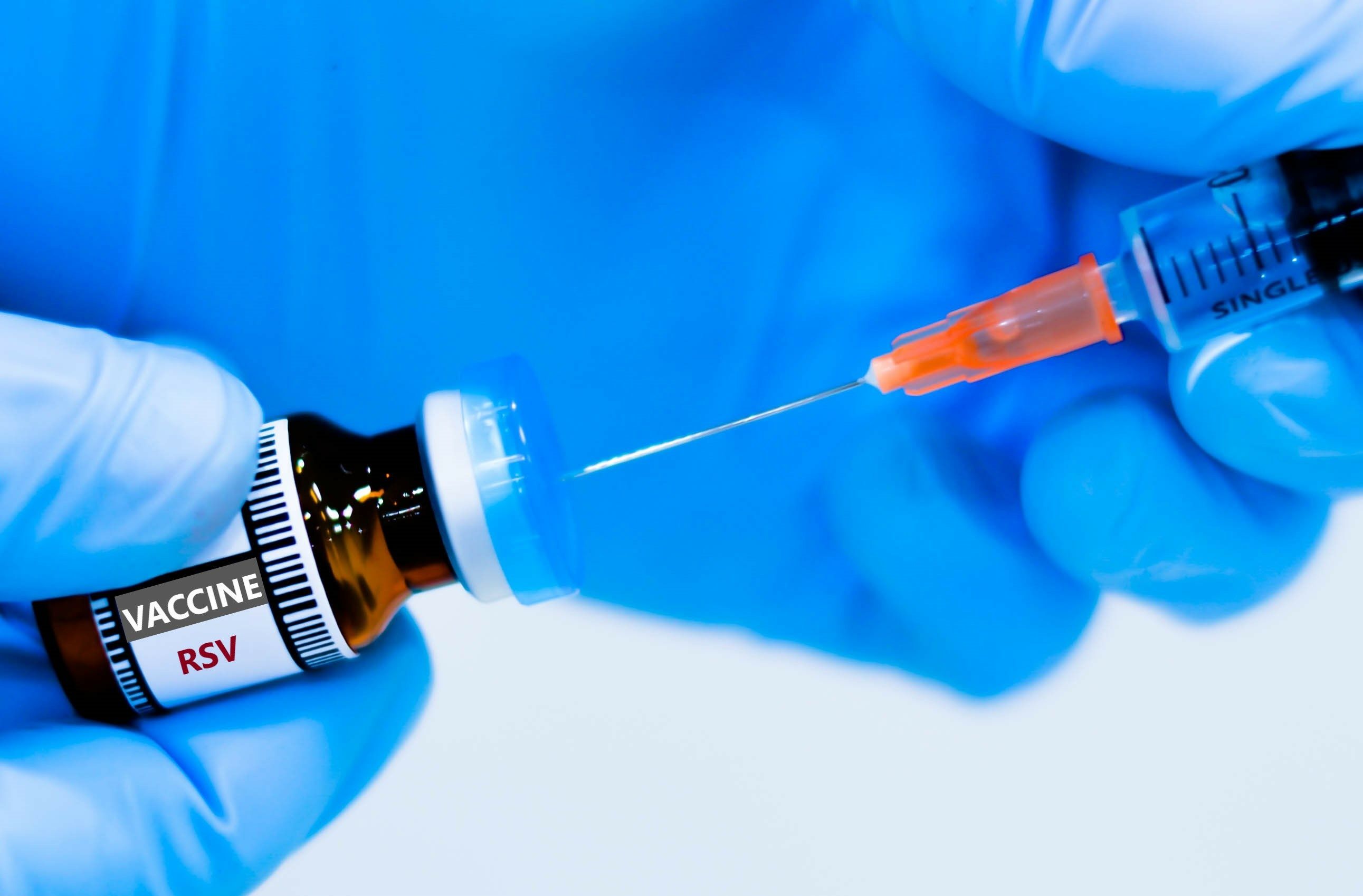Article
FDA Approves OnabotulinumtoxinA for Pediatric Detrusor Overactivity Associated with a Neurologic Condition
First approved by the FDA in 1989 for 2 rare eye muscle disorders, onabotulinumtoxinA (Botox; Allergan) was the world’s first approved botulinum toxin type A treatment.
Officials with the FDA have approved onabotulinumtoxinA (Botox; Allergan) for the treatment of detrusor overactivity associated with a neurologic condition in pediatric patients age 5 years and older who have an inadequate response to or are intolerant of anticholinergic medication.
According to AbbVie, parent company of Allergan, neurogenic detrusor overactivity occurs when the spinal cord and bladder are not able to communicate effectively, which can occur with neurologic conditions such as spina bifida and spinal cord injuries. As a result, the bladder muscle involuntarily contracts, increasing the pressure in the bladder and reducing the bladder capacity, which can cause the individual to leak urine frequently and unexpectedly. Elevated bladder pressure can also lead to bladder and kidney damage over time.
First approved by the FDA in 1989 for 2 rare eye muscle disorders—blepharospasm and strabismus in adults—onabotulinumtoxinA was the world’s first approved botulinum toxin type A treatment. Today, onabotulinumtoxinA is FDA-approved for 12 therapeutic indications, including chronic migraine, overactive bladder, incontinence due to overactive bladder caused by a neurologic condition in adults, cervical dystonia, spasticity, severe underarm sweating, and pediatric detrusor overactivity associated with a neurologic condition.
The new indication’s approval is based on data from a randomized, double-blind phase 3 study evaluating the safety and efficacy of onabotulinumtoxinA in more than 100 pediatric patients with neurogenic detrusor overactivity and a long-term extension study. Results from the phase 3 study demonstrated that intradetrusor administration of onabotulinumtoxinA 200 Units (not to exceed 6U/kg) reduced daytime urinary incontinence episodes, the study’s primary endpoint, as well as lowered maximum bladder pressure and increased bladder capacity at week 6 (primary timepoint). The most common adverse reaction in the studies were bacteriuria (20%), urinary tract infection (7%), leukocyturia (7%), and hematuria (3%).
“Many children with underlying neurologic conditions may experience bladder and kidney damage over time, which underscores the importance of treatment. When caring for pediatric patients with neurogenic detrusor overactivity, we strive to reduce bladder pressure and increase the bladder’s capacity. Previously, treatment options were limited primarily to anticholinergic medicines, where long-term use needs to be considered carefully, in addition to surgery,” said Paul F. Austin, MD, FAAP, chief of pediatric urology at Texas Children’s Hospital and Professor of Urology at Baylor College of Medicine, in a prepared statement. “Effectively managing neurogenic detrusor overactivity requires ongoing care, and there has been a high unmet need for alternative treatments. With its proven safety and efficacy profile, [onabotulinumtoxinA] offers a new treatment option for pediatric patients who are not adequately managed by anticholinergics.”
According to AbbVie, there are several causes of neurogenic detrusor overactivity in children, such as transverse myelitis, spinal cord injury, and spina bifida, the latter of which is the most common and affects 1,500-2,000 of the more than 4 million babies born in the United States each year. More than 90% of those living with spina bifida experience urinary symptoms.
REFERENCE
BOTOX® (onabotulinumtoxinA) Receives FDA Approval for Pediatric Detrusor Overactivity Associated with a Neurologic Condition [news release]. North Chicago, IL; February 10, 2021: AbbVie. [email]
















